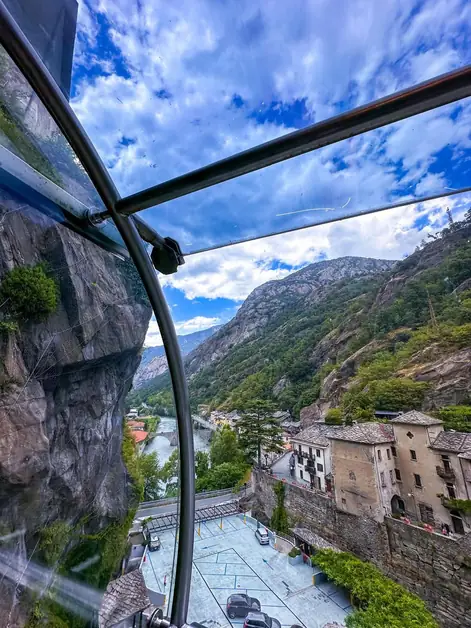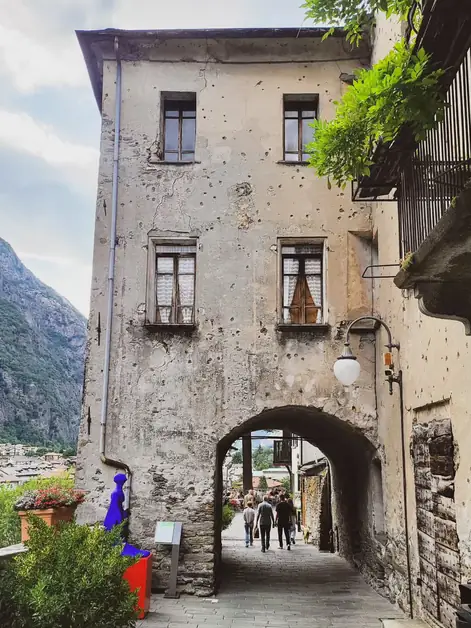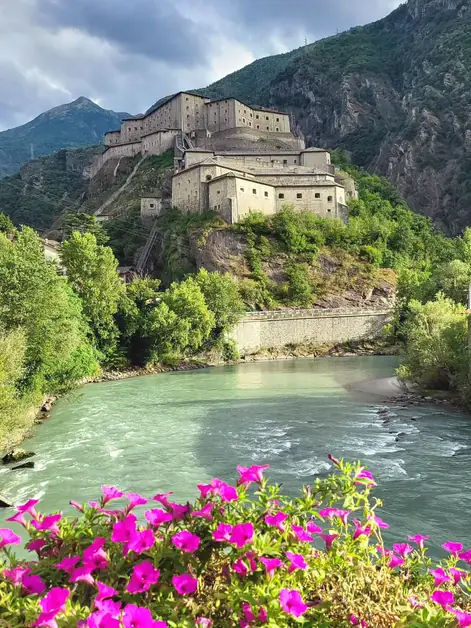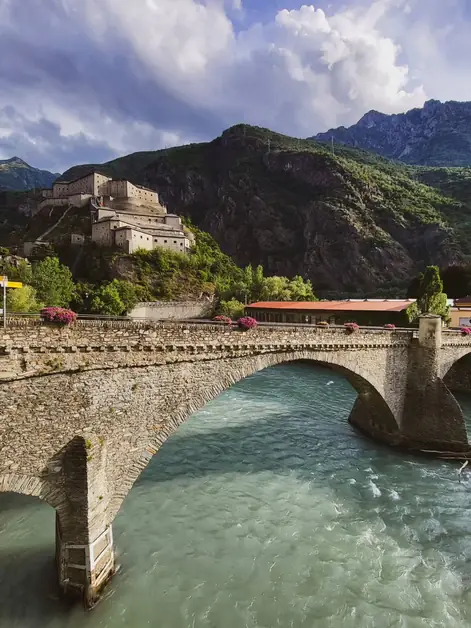Trekking among castles and vineyards in Aosta Valley
Discover the trek among castles and vineyards in Aosta Valley.
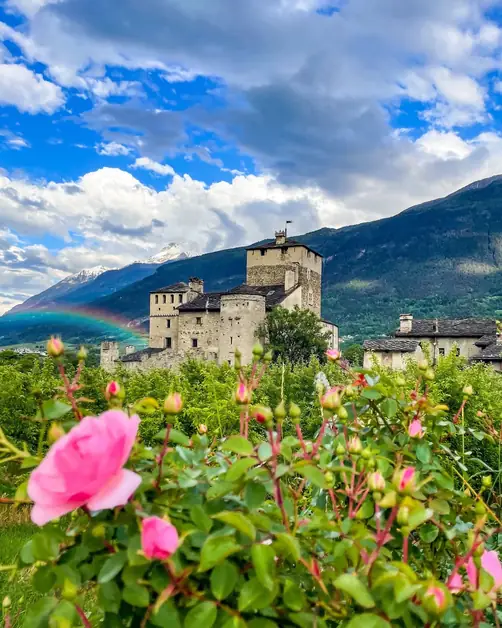
Where does the trek to Castello Sarriod de La Tour start?
The journey begins at the Castello di Saint-Pierre, located above the village and easily reachable by car or bus from Aosta. Parking is available near the town center, from where you ascend to the castle to start the loop.
What are the first stages of the route?
After departure, you follow the road leading to the Tache hamlet. The initial path is paved and offers a continuous view of the Castello di Saint-Pierre and the mountains. After Tache, you continue towards Bussan Dessus and then to the Montagnine area, where you enter a dirt farm road.
What can you see along the farm road?
Looking down, you can recognize the priorato of Saint-Pierre, the imposing profile of Grivola, and the entrance to the Gran Paradiso valleys. Looking up, however, the xeric environments of Mont Torretta-Bellon emerge, characterized by arid zones and vineyards supported by dry stone walls, typical of Torrette wine cultivation. In spring and autumn, this part of the route is particularly recommended for the milder temperatures. It is the territory where you can spot the biancone, a migratory bird of prey that finds its ideal habitat here.
What is the next stage?
After about two and a half kilometers, you reach the Pertusat hamlet in the municipality of Sarre. From here, you take a narrow paved road that crosses the village and leads to the Castello Reale di Sarre, the ancient hunting residence of the Savoy family. This is a perfect spot to take a break and visit the rooms with hunting trophies and historical memories of the royal family.
How do you proceed from the Castello Reale di Sarre?
Alongside the castle, you can enjoy a panorama that opens up over the Aosta plain. The route continues along a dirt road that becomes a tree-lined path heading south. You then arrive at the state road 26, near a roundabout. From here, the path continues along regional road 47 towards Aymavilles for about 400 meters before turning onto a secondary road that leads to a farmhouse immersed in cultivated fields.
What is the most characteristic passage towards Aymavilles?
After passing the farmhouse, you cross an underpass of the highway and move to the left bank of the Dora Baltea. This is the moment when the view opens up to the Castello di Aymavilles, with its Renaissance architecture and corner towers. The route continues along a tree-lined bike path, flanked by lush apple orchards. The apple is the symbolic fruit of the area, with productions exceeding tens of thousands of quintals each year.
What characterizes the bike path along the Dora Baltea?
You walk in a tranquil environment, between apple fields and rows of vines, where the agricultural landscape alternates with meadows and small cultivated plots. The path is flat and well-maintained, ideal for enjoying a relaxing walk after the uphill sections.
How do you reach Castello Sarriod de La Tour?
At the end of the bike path, you encounter an iron barrier. From here, you take a small road that climbs towards the mountain for about 150 meters. An uphill path leads directly to Castello Sarriod de La Tour, which suddenly appears among the trees. After reopening, the castle welcomes visitors with its medieval rooms, including the famous Sala delle Teste with its carved wooden ceilings.
Does the trek end at Castello Sarriod de La Tour?
Not yet. From the castle, taking a few steps back, you take the path that crosses the orchards and leads back to the village of Saint-Pierre. Upon arriving in the village, you walk along via della Tour and then via della Libertà, crossing an underpass of the state road. After passing a restaurant, you turn left and take a stone pedestrian path called "the ramp." This short stretch leads to the church of Saint-Pierre and closes the loop, bringing you back to the starting castle.
How long is the trek and when is it advisable to do it?
The loop measures about 8 kilometers in total, with a moderate elevation gain and can be completed in 3-4 hours including breaks. Spring and autumn are the best seasons, thanks to the cooler climate and the colors of the vineyards and apple orchards. In summer, temperatures can be high, especially in the drier sections.
